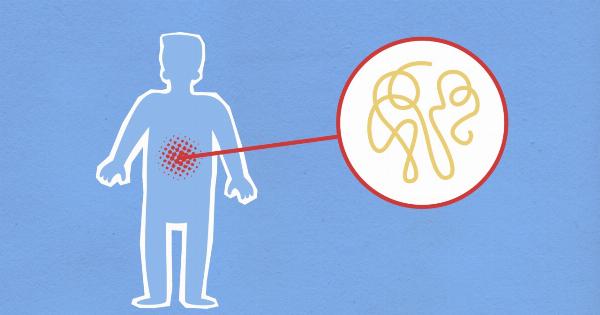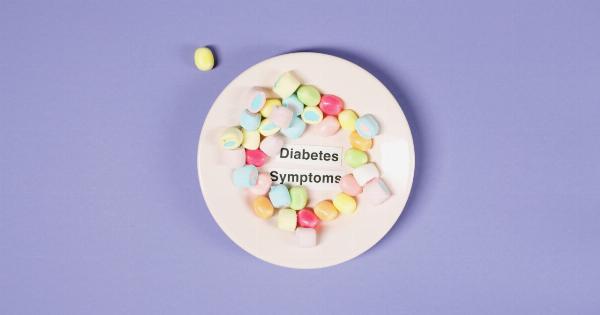An aneurysm is a bulge or ballooning in a blood vessel, most commonly in the arteries that supply blood to the brain. Aneurysms can be life-threatening if they rupture and bleed into the brain, causing a stroke.
They can also occur in other parts of the body, such as the aorta, which is the largest artery in the body that carries blood from the heart to the rest of the body.
What causes an aneurysm?
The exact cause of an aneurysm is unknown, but certain factors can increase the risk of developing one. These factors include:.
- High blood pressure
- Smoking
- Age (older adults are at higher risk)
- Family history of aneurysms
- History of a previous aneurysm
- Connective tissue disorders, such as Ehlers-Danlos syndrome and Marfan syndrome
- Atherosclerosis, or the buildup of fatty deposits in the arteries
What are the symptoms of an aneurysm?
In some cases, an aneurysm may not cause any symptoms and is only discovered during imaging tests for another condition. However, if an aneurysm becomes large or starts to leak, it can cause symptoms such as:.
- Headache
- Dizziness or lightheadedness
- Blurred or double vision
- Nausea and vomiting
- Sensitivity to light
- Seizures
If an aneurysm ruptures, it can cause a sudden, severe headache, neck pain or stiffness, confusion, loss of consciousness, and even coma. Immediate medical attention is necessary if you experience these symptoms.
Can an aneurysm cause pain in the waist?
An aneurysm in the aorta, which runs from the heart through the abdomen and into the pelvis, can sometimes cause pain in the waist or lower back. However, this pain is typically described as a deep, severe ache rather than a sharp, stabbing pain.
What are the signs of an aneurysm in the aorta?
An aneurysm in the aorta can cause a variety of symptoms, including:.
- Pain in the chest, abdomen, or lower back
- A pulsating feeling in the abdomen
- Shortness of breath or difficulty breathing
- Dizziness or lightheadedness
- Nausea and vomiting
- Swelling or tenderness in the abdomen
- Low blood pressure
If an aneurysm in the aorta ruptures, it can cause sudden, severe pain in the chest, back, abdomen, or pelvis, along with signs of shock such as rapid heartbeat, low blood pressure, and loss of consciousness.
Immediate medical attention is necessary if you experience these symptoms.
How is an aneurysm diagnosed?
An aneurysm may be discovered during a routine physical exam or imaging tests for another condition. If an aneurysm is suspected, your doctor may order one or more of the following tests:.
- Ultrasound
- CT scan
- MRI
- Angiography
- Echocardiogram
How is an aneurysm treated?
The treatment for an aneurysm depends on its size, location, and risk of rupture. If an aneurysm is small and not causing any symptoms, your doctor may recommend monitoring it with regular imaging tests.
If an aneurysm is large, rapidly growing, or causing symptoms, it may need to be treated with one of the following interventions:.
- Surgery to remove the aneurysm and repair the blood vessel
- Endovascular repair, which involves inserting a stent or graft to reinforce the blood vessel and redirect blood flow
- Medications to lower blood pressure and reduce the risk of rupture
What is the outlook for someone with an aneurysm?
The outlook for someone with an aneurysm depends on its location, size, and other factors.
In general, small aneurysms that are not causing symptoms have a low risk of rupture, while large or rapidly growing aneurysms have a higher risk of rupture and require prompt treatment. Regular monitoring is important for people with aneurysms to ensure that any changes are detected early and treated as needed.




























